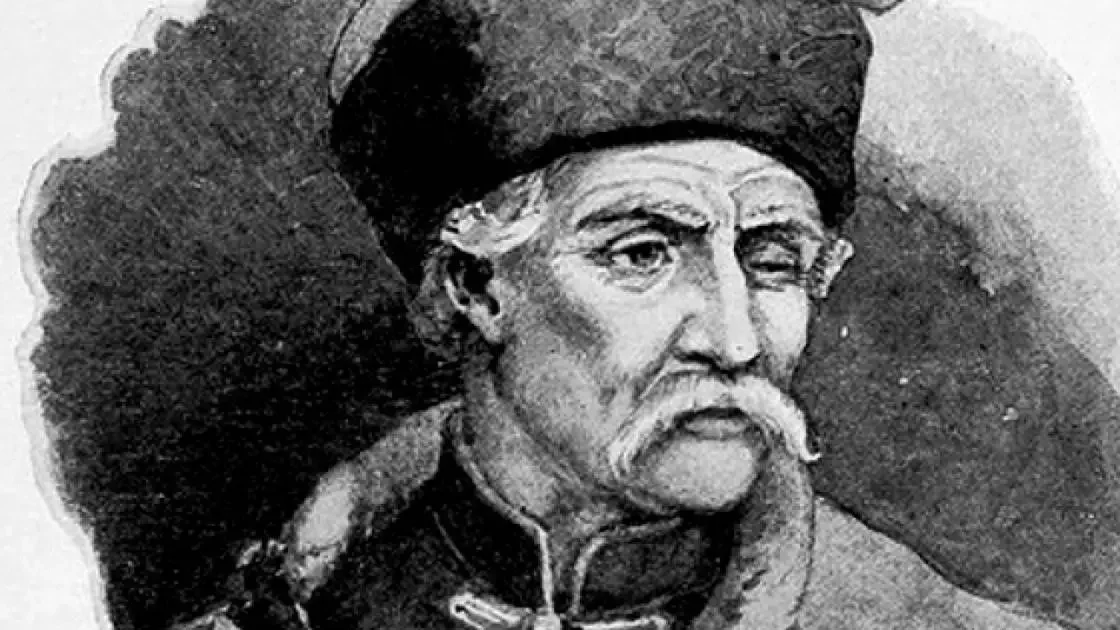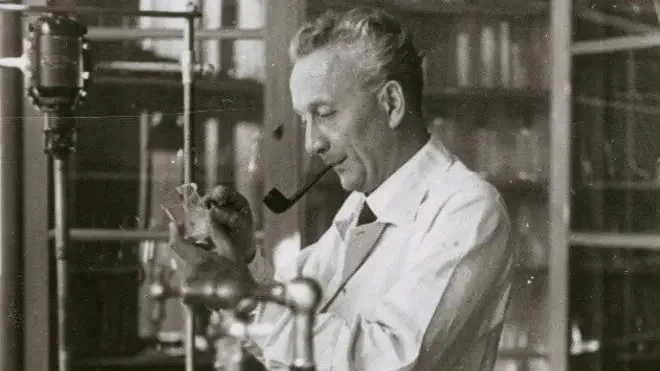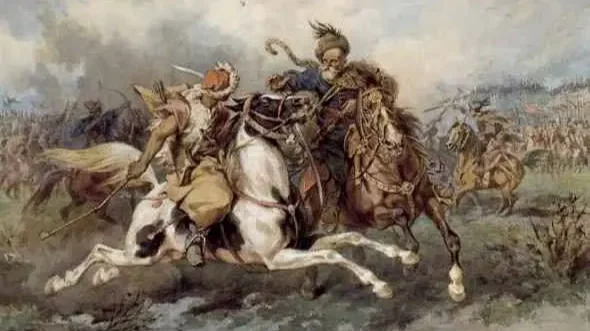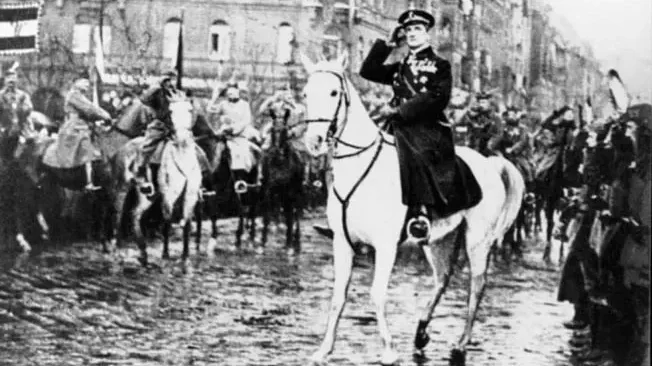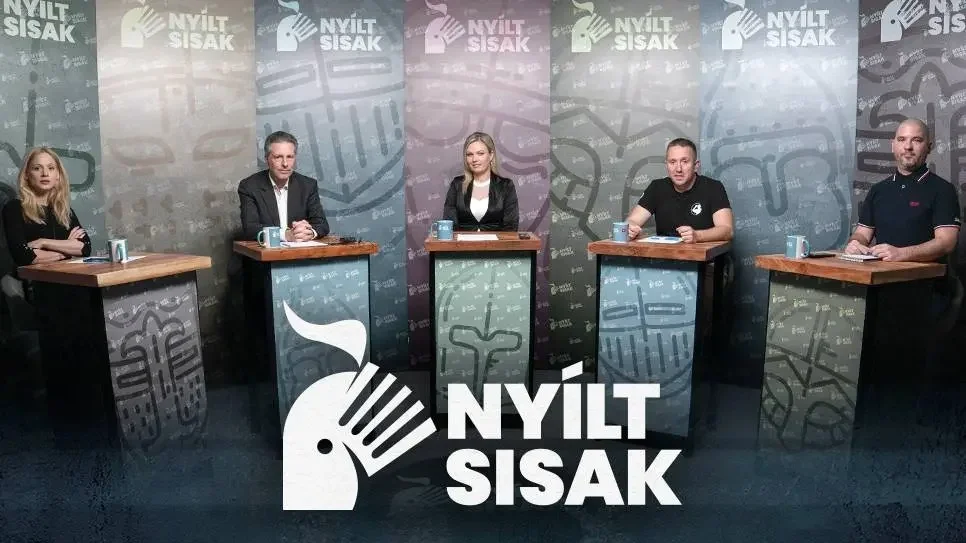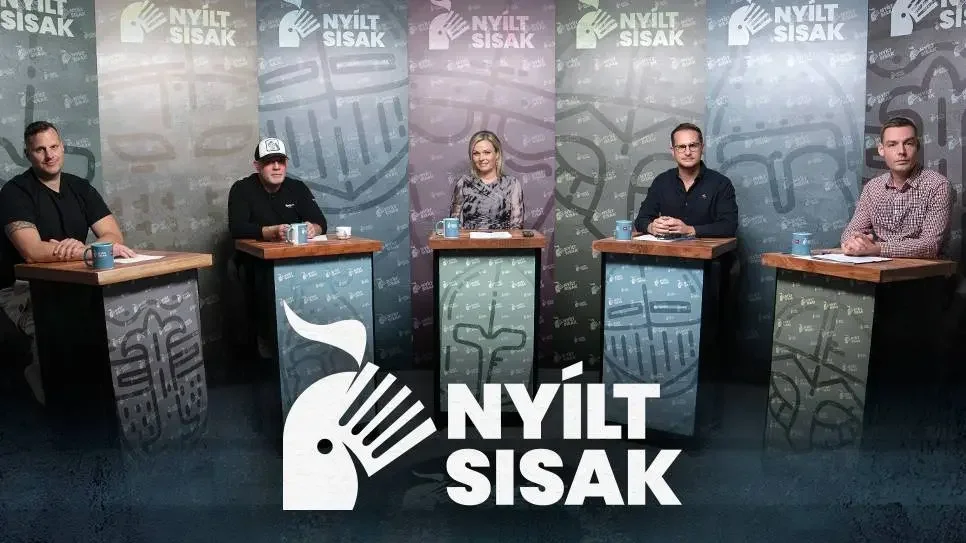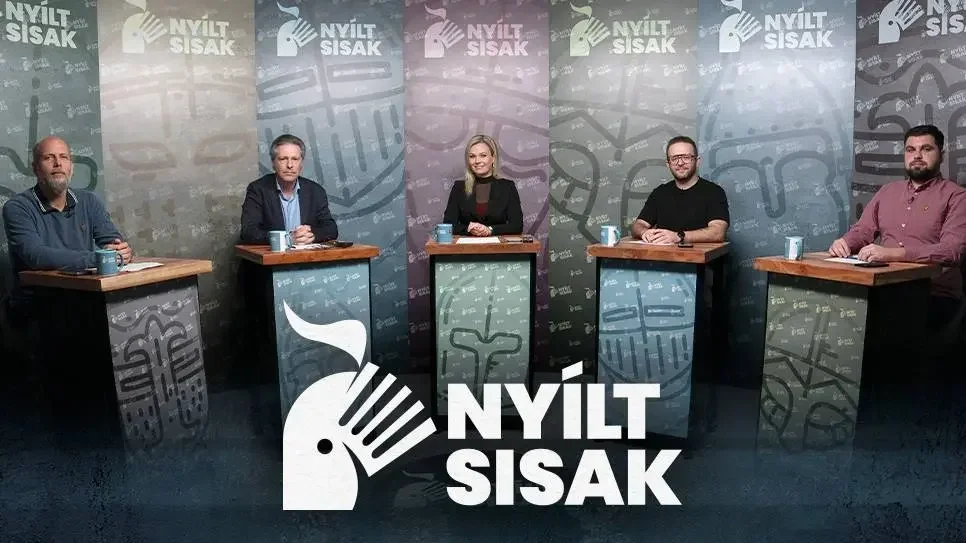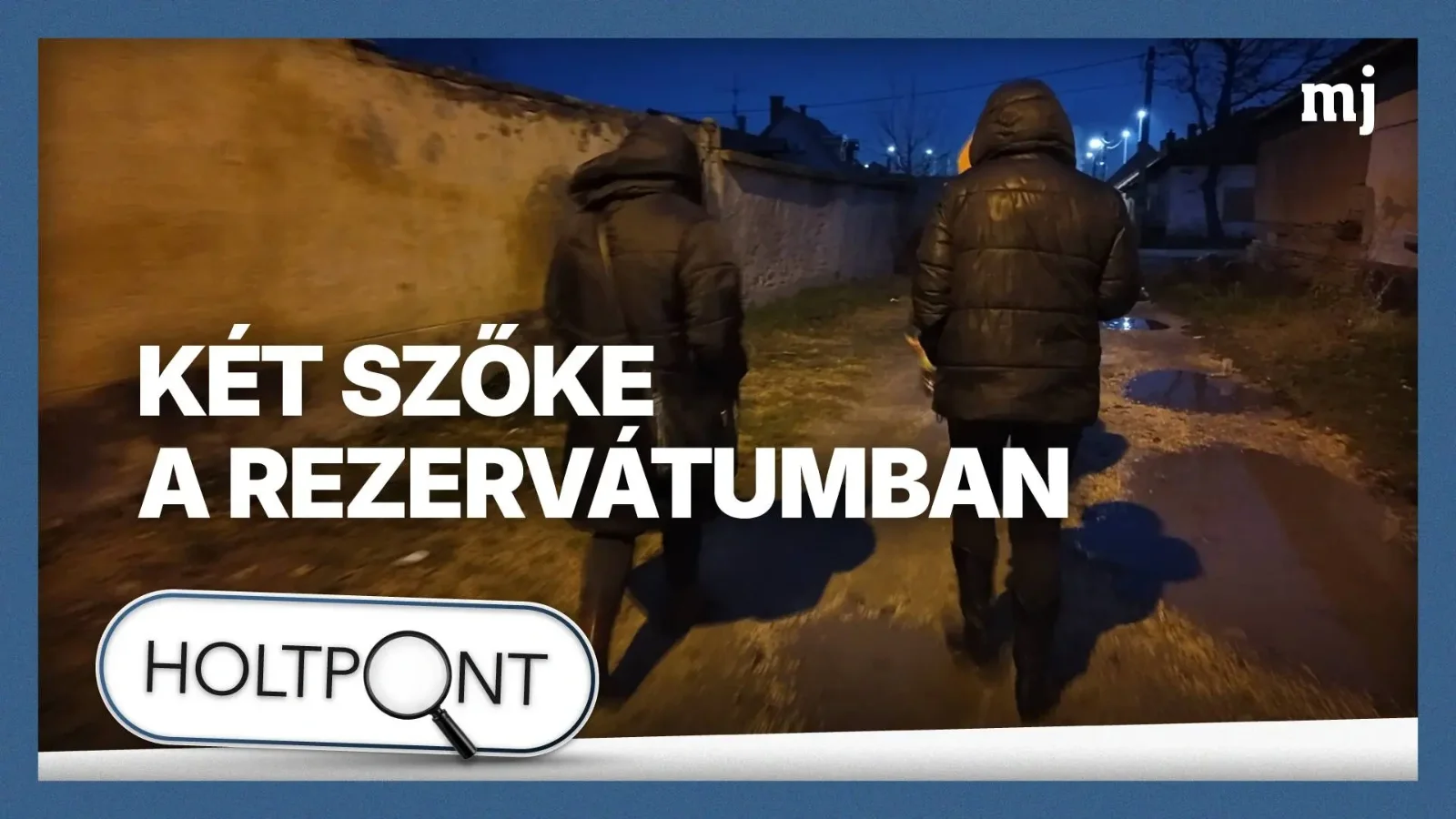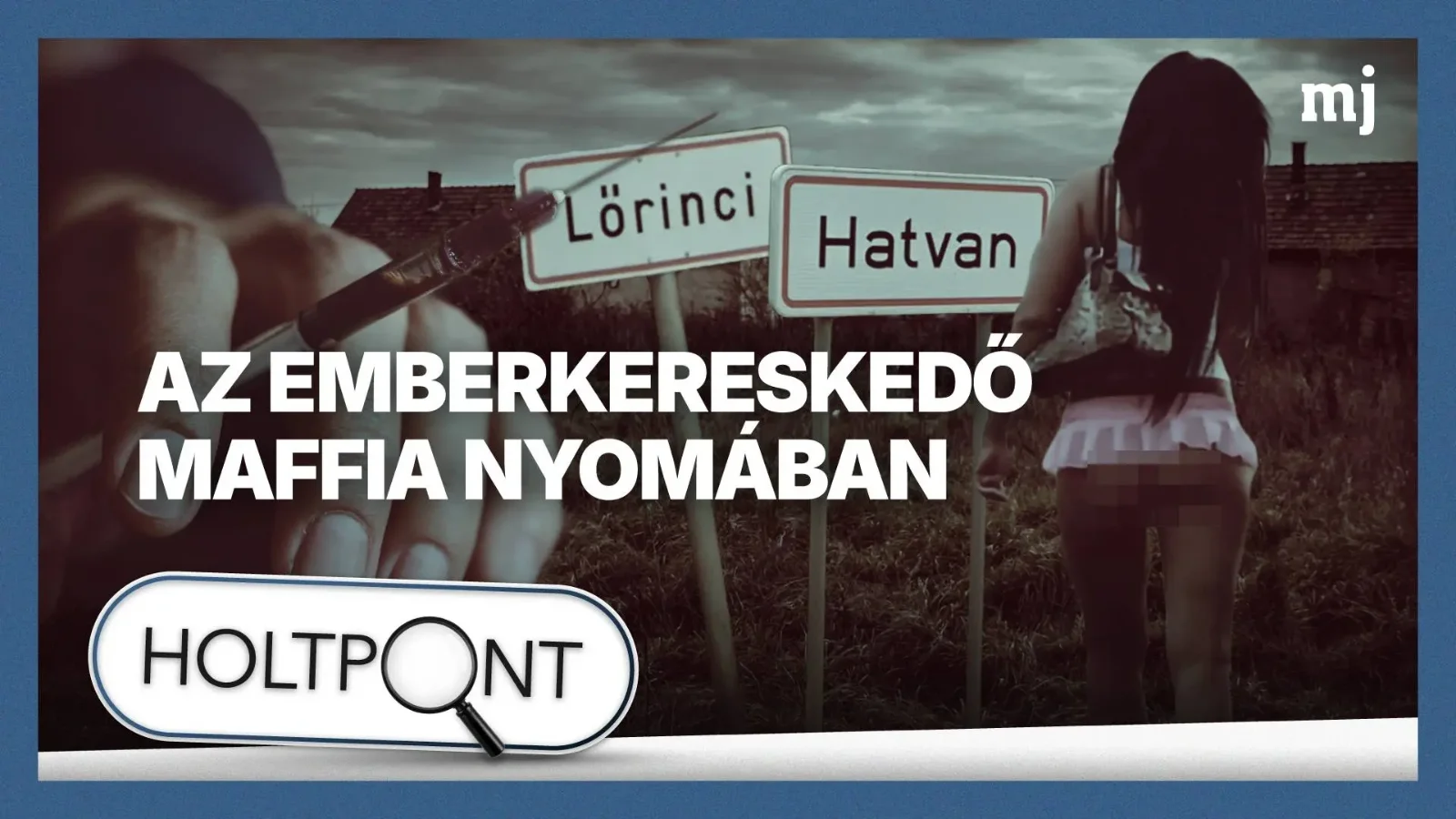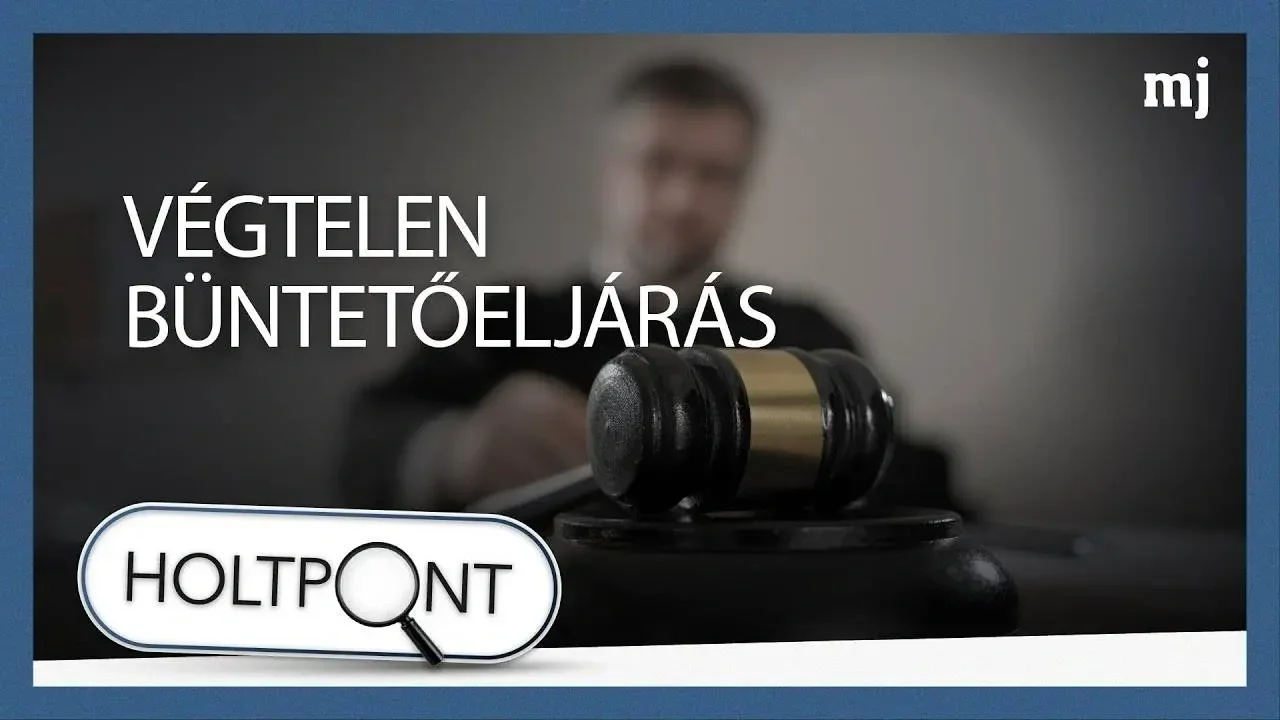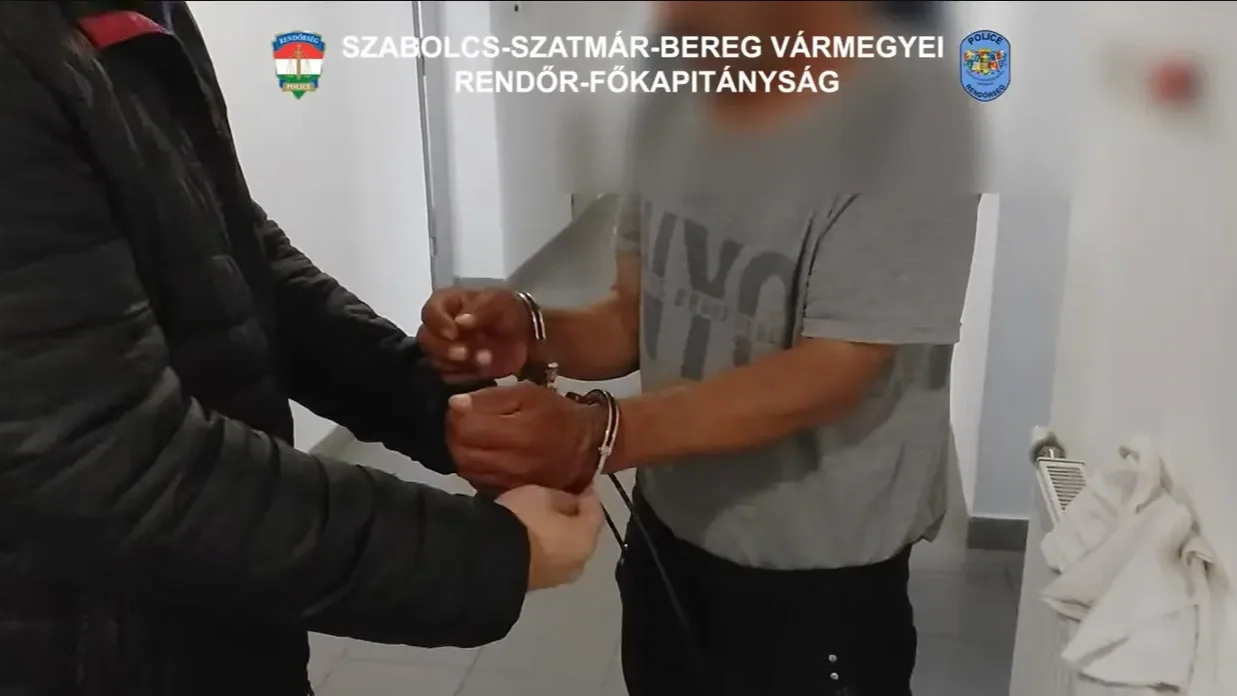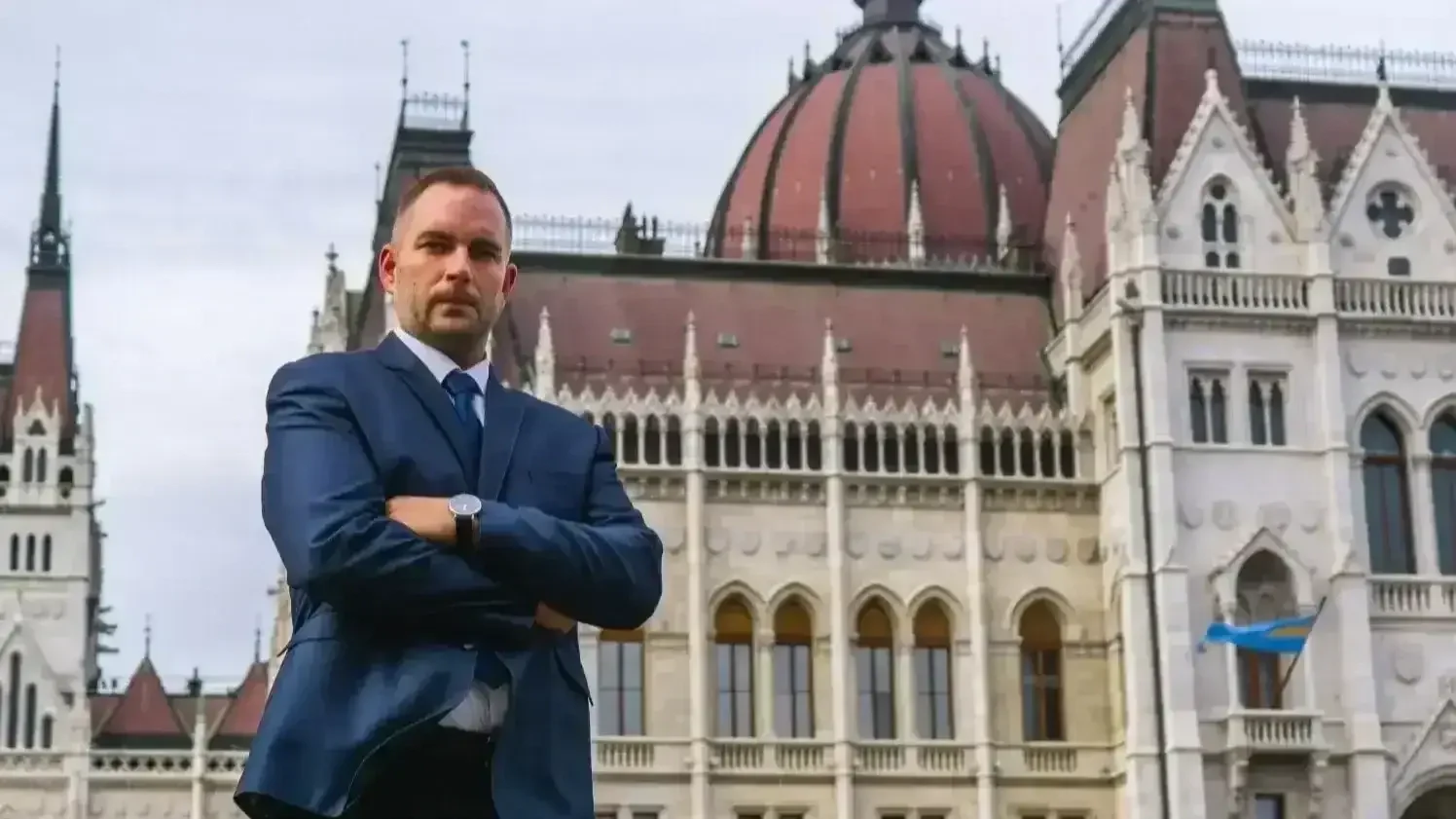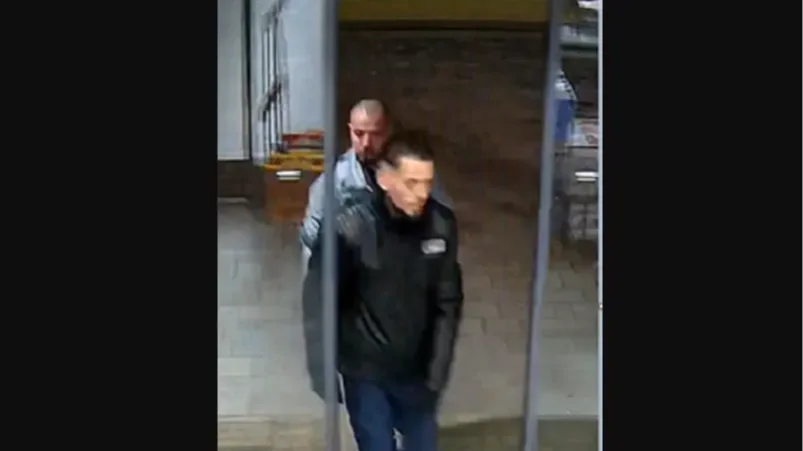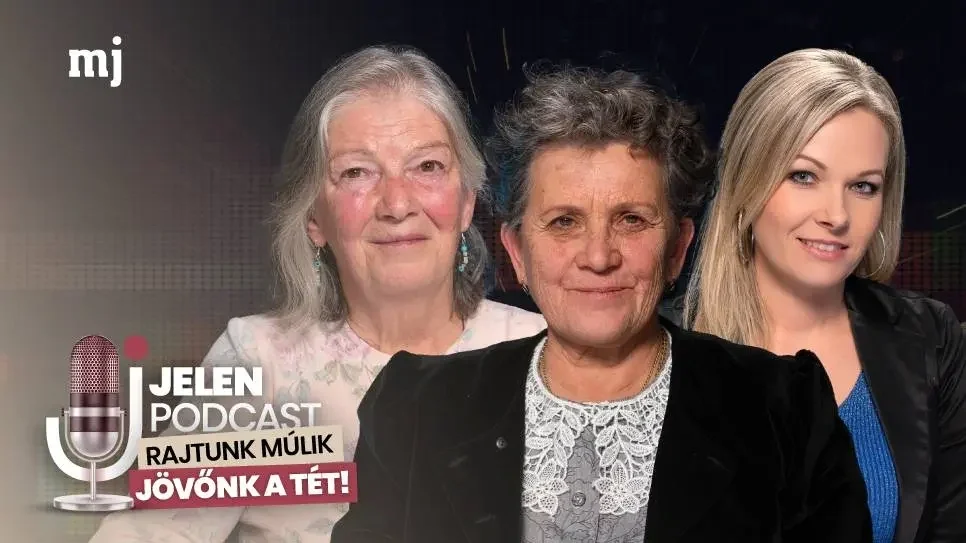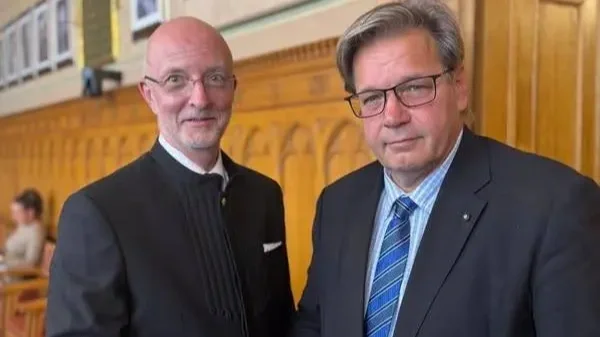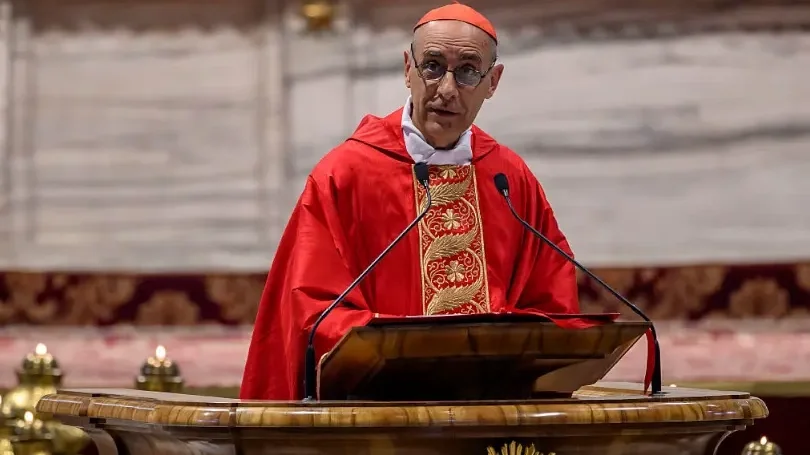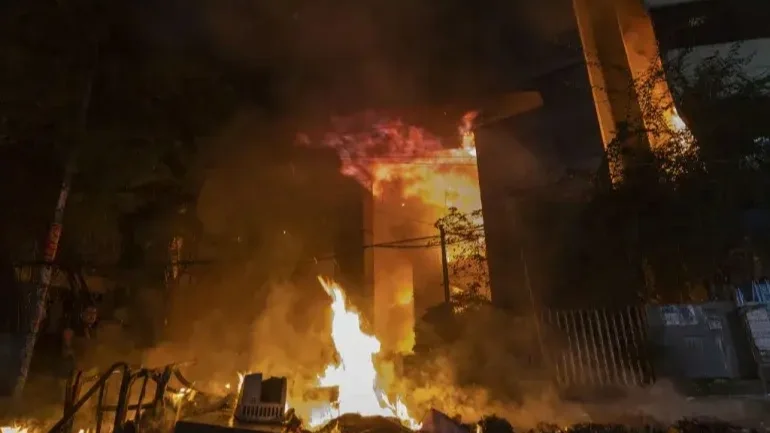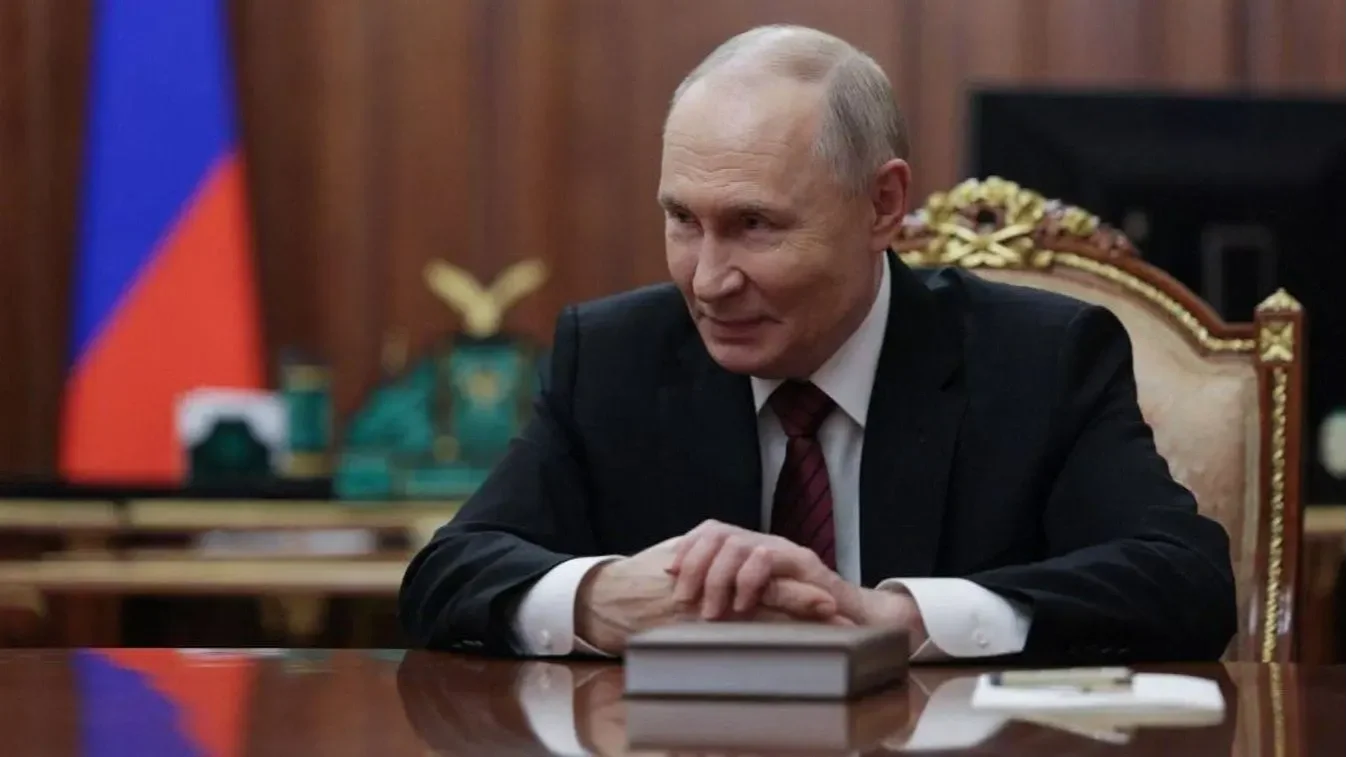The Bitter Truth: AUR's War on Our Hungarian Heritage in Transylvania
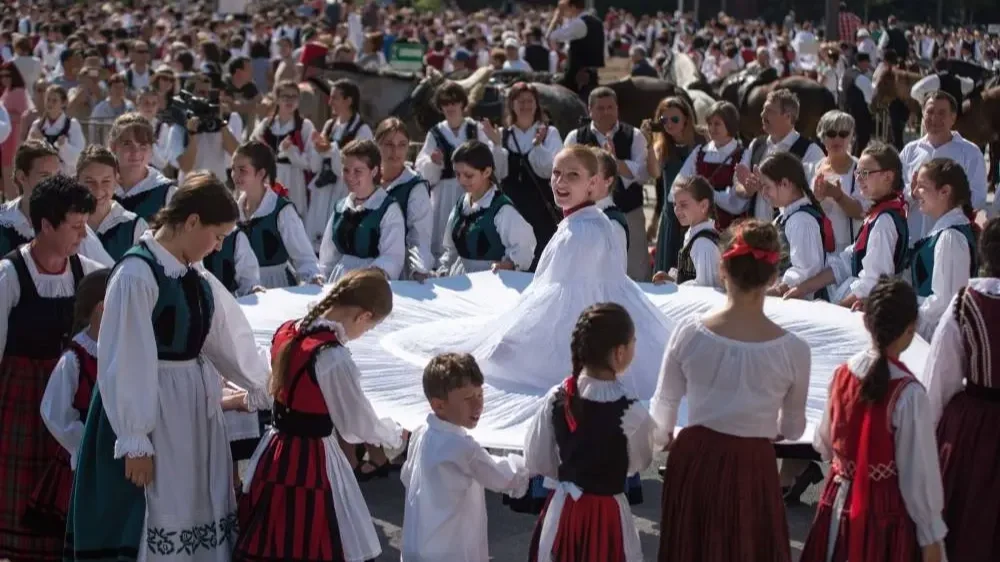 Image: Gyula Adam
Image: Gyula Adam
My father used to say, "A székelynek még a könnye is magyar." - Even a Székely's tears are Hungarian. I think of his words often these days as we watch George Simion and his Alliance for the Union of Romanians (AUR) climb the political ladder in Romania. Sunday's presidential run-off isn't just another election for us Hungarians – it's yet another moment when we ask ourselves if our brothers and sisters across the border will still speak our language in that land where our ancestors' souls have rested for over a thousand years.
A Hungarian's Perspective from Across the Border
Though I live in Hungary, Transylvania is woven into the fabric of my identity. My closest friends are ethnic Hungarians from Kolozsvár and Székelyudvarhely. When I visit them, I feel both at home and a stranger – recognizing our shared language and traditions, yet aware of the unique resilience they've developed through decades of struggle to maintain their Hungarian identity within Romania's borders.
When I travel to Székelyföld, I watch children perform traditional Hungarian dances in villages where Romanian is rarely heard. I've shared pálinka with fellow Hungarians who switch effortlessly between our shared mother tongue and Romanian – a bilingualism born of necessity, not choice. These aren't abstract connections; they're the lived experiences that bind me to a community that, though separated by borders, remains part of our national family.
What happens in Romania doesn't stay in Romania – it reverberates through our collective Hungarian consciousness. When AUR threatens Hungarian institutions in Transylvania, they're attacking part of our shared cultural heritage.
We Are Not Chauvinists – There's a Difference
There is a world of difference between my love for Hungarian culture and the hatred spewed by Simion's followers.
When I support Hungarian language rights in Romania or donate to Hungarian cultural foundations in Transylvania, that's not chauvinism or irredentism. It's recognizing that borders drawn by great powers a century ago don't erase the reality of a Hungarian community that has existed there for over a millennium.
My nationalism embraces the cultural unity of Hungarians across political borders – celebrating our language, literature, and traditions wherever they flourish. I accept Romania’s sovereignty, but I refuse to concede that sovereignty requires the erasure of Hungarian identity.
What Simion and AUR practice is something else entirely – a vindictive chauvinism that sees Hungarian existence as an offense. They don't just love Romania; they believe Romania can only exist if Hungarian culture disappears from Transylvania. Their "nationalism" is built on the destruction of others, not the celebration of their own heritage.
Trianon: The Shared Trauma That Defines Us
For Hungarians everywhere, Trianon remains an open wound. In 1920, with the stroke of a pen at the Grand Trianon Palace, Hungary lost two-thirds of its territory and millions of ethnic Hungarians became minorities overnight in hostile states.
I grew up with maps of pre-Trianon Hungary on classroom walls. We learned about the Hungarian communities suddenly cut off from their motherland. It wasn't revanchism; it was remembrance – acknowledgment that our national community extends beyond political borders.
When I cross into Romania near Nagyvárad (Oradea), I feel the weight of this history. Although we're both EU member states, the psychological barrier remains. This land, once seamlessly connected to Hungary, still contains our churches, our cemeteries, our schools, all now under perpetual threat.
My friends from Transylvania carry this history differently than I do. For them, it's not a historical memory but a daily reality. When Csaba, my schoolmate from Csíkszereda (Miercurea Ciuc), described being harassed for speaking Hungarian on the streets of Bucharest, I recognized a burden I've never had to bear – the constant need to justify one's existence.
Simion's Rise: A Threat We Cannot Ignore
I first heard of George Simion from my friends in Székelyföld. They described his organization's disruption of Hungarian commemorations and provocations at cultural events. What struck me wasn't just his actions but the growing popular support for his brand of anti-Hungarian rhetoric.
In 2019, when news broke of the Úzvölgye cemetery incident, I watched the videos in horror. Simion led hundreds of Romanian nationalists who pushed past gendarmes, broke through the cemetery gate, and shouted anti-Hungarian slogans while planting Romanian flags on Hungarian graves. I called my friend Csaba, whose grandfather's grave was among those desecrated. His voice broke as he described elderly Hungarians being threatened and intimidated while trying to protect their ancestors' resting places.
This wasn't about sovereignty; it was about humiliation. "Kifelé magyarok!" they chanted – "Hungarians get out!"
Each time Simion calls for "re-evaluation" of Trianon or questions Hungarian institutions, I recognize the existential threat to a Hungarian community already struggling to maintain its identity. This isn't abstract politics; it's an assault on people I care about deeply.
The Dismantling of Our Shared Heritage
When I visited Kolozsvár (Cluj-Napoca), I stopped at the birthplace of Matthias Corvinus, one of Hungary's greatest kings. I've watched as Hungarian historical markers have been minimized or removed throughout the city, replaced by a narrative that diminishes the Hungarian contribution to Transylvania's rich history.
Last year, a friend attended a folk music festival in Székelyudvarhely (Odorheiu Secuiesc), where Hungarians make up over 90% of the population. Local officials told her how authorities had removed Hungarian street signs because they were "one centimeter larger" than Romanian ones. This petty bureaucratic harassment reflects a systematic effort to erase Hungarian presence, even in areas where Hungarians form the overwhelming majority.
Another friend's goddaughter attends a Hungarian high school in Szatmárnémeti (Satu Mare) that dates back centuries. Her parents constantly worry about its future, as Romanian educational policies gradually restrict Hungarian-language instruction. Under AUR's vision, such schools would be "integrated" into the Romanian system – a euphemism for their effective destruction.
Each threatened institution represents not just a building but a lifeline connecting Transylvanian Hungarians to their cultural heritage – a heritage we share across borders.
RMDSZ: Critical Support for an Imperfect Ally
I have mixed feelings about the Democratic Alliance of Hungarians in Romania (RMDSZ). Many of my Transylvanian friends criticize their compromises and questionable approach to Romanian politics. Unfortunately, RMDSZ leaders like Hunor Kelemen have sometimes seemed more interested in maintaining political relevance than fighting for genuine autonomy. Their incremental approach has delivered too little, too slowly.
Yet when I hear Simion talk about banning ethnic parties, I recognize the threat for what it is: an attempt to silence the only Hungarian voice in Romanian parliament. Whatever criticisms I have of RMDSZ pale beside the prospect of Transylvanian Hungarians having no representation at all.
Education: The Battleground for Cultural Survival
Nothing matters more than education. Nothing.
In Marosvásárhely (Târgu Mureș), the medical university once taught generations of Hungarian doctors. Today, Romanian authorities have systematically eliminated most Hungarian-language programs, despite international court rulings supporting the right to study in one's mother tongue.
When a Hungarian child cannot study from kindergarten through university in Hungarian, we face cultural extinction through a seemingly benign policy. This isn't hyperbole – language is the vessel of culture, and when education is only available in Romanian, we lose our future.
AUR's education platform explicitly calls for "integration" of minority schools into the mainstream Romanian system – a death sentence for Hungarian education that has survived for centuries. They speak of "efficiency" and "modernization," but we know the real goal: ensuring Hungarian children will not remain Hungarian into adulthood.
The Path Forward: Autonomy Is Not Separation
I've never understood why the word "autonomy" strikes such fear in Romanian hearts. When I discuss this with Romanian acquaintances, they immediately assume it means border revision or separatism. It doesn't.
What Transylvanian Hungarians seek is cultural self-determination within Romania's borders – the right to manage educational and cultural affairs in regions where Hungarians form the majority population. This model works across Europe: South Tyrol in Italy, the Swedish-speaking regions of Finland, the Basque Country in Spain.
Yet in Romania, even mentioning cultural autonomy brings accusations of separatism and treason. When Hungarians hang the Székely flag – a symbol used since medieval times – Romanian authorities treat it as a criminal offense.
Autonomy is not about secession but survival. At the very least, we seek the right for Transylvanian Hungarians to use their language in public administration, to control their educational and cultural institutions, and to preserve their heritage without apologizing for their existence.
The International Community's Failure
As a Hungarian citizen with freedom to travel and speak without fear, I feel a responsibility to advocate for those who cannot. Yet I'm constantly frustrated by the international community's selective concern for minority rights. The Hungarian Human Rights Foundation has documented hundreds of cases of discrimination, yet EU institutions seem reluctant to apply the same standards to Romania that they would demand elsewhere.
When a Romanian court recently ruled against Hungarian-language signs in a 95% Hungarian town, European institutions remained silent. This double standard allows Romania to portray itself internationally as a model of ethnic tolerance while allowing parties like AUR to gain ground.
What will it take for the world to notice? Must we wait until Hungarian schools are closed and political representation banned? By then, it will be too late.
This Is About People, Not Abstract Politics
For me, this isn't abstract politics. It's about my childhood friends whose families fled Ceaușescu's Romania and who still visit their grandmothers in Transylvania every Christmas. It's about those Hungarians in Transylvania and the Partium who teach Hungarian literature to teenagers who struggle to maintain their cultural identity.
When I traveled through the villages of Hargita and Kovászna counties, I saw communities that have preserved their Hungarian identity through decades of oppression. They’ve endured by holding on to their schools, churches, language, and customs.
AUR threatens all of this. Their vision for Romania leaves no room for Hungarian identity, except perhaps as a museum piece – folklore without a living culture. And even that’s highly questionable.
I'm reminded of what a friend once told me: "Under Ceaușescu, they tried to make us forget we were Hungarian. Now they try to make the world forget we exist at all."
Our Shared Responsibility
As a Hungarian from Hungary, I recognize my privilege. I can advocate without fear of reprisal. I can speak Hungarian freely without being called a separatist or traitor. With this privilege comes responsibility.
I cannot stand by while part of my cultural family faces existential threat. I cannot pretend that borders drawn by great powers a century ago severed the bonds between Hungarians on either side. The future of Hungarian communities in Transylvania matters to all Hungarians, wherever we live.
Some will call this interference in Romanian affairs. I call it solidarity with a community that has preserved our shared heritage against overwhelming odds. Romania's sovereignty isn't threatened by Hungarian cultural autonomy – it would be strengthened by finally embracing the ethnic realities that exists within its borders.
The presidential runoff is more than an election; it's a referendum on whether there's room for Hungarian identity in Romania's future. AUR's chauvinist vision offers cultural extinction dressed as patriotism.
I write this not as a distant observer but as someone bound by language, history, and friendship to communities now under threat. What happens in Romania matters to all Hungarians. We cannot look away.
As our Székely hymn says: "Maroknyi székely porlik, mint a szikla" – A handful of Székelys may crumble like rock, but they remain standing. We've faced worse than Simion and survived. But we cannot ask Transylvanian Hungarians to fight this battle alone. Their struggle is our struggle too.
Sources
(Hungarian Human Rights Foundation (HHRF), Erdély Ma, Magyar Jelen, BBC, POLITICO, AUR Official Website)
Mi a munkánkkal háláljuk meg a megtisztelő figyelmüket és támogatásukat. A Magyarjelen.hu (Magyar Jelen) sem a kormánytól, sem a balliberális, nyíltan globalista ellenzéktől nem függ, ezért mindkét oldalról őszintén tud írni, hírt közölni, oknyomozni, igazságot feltárni.
Támogatás

